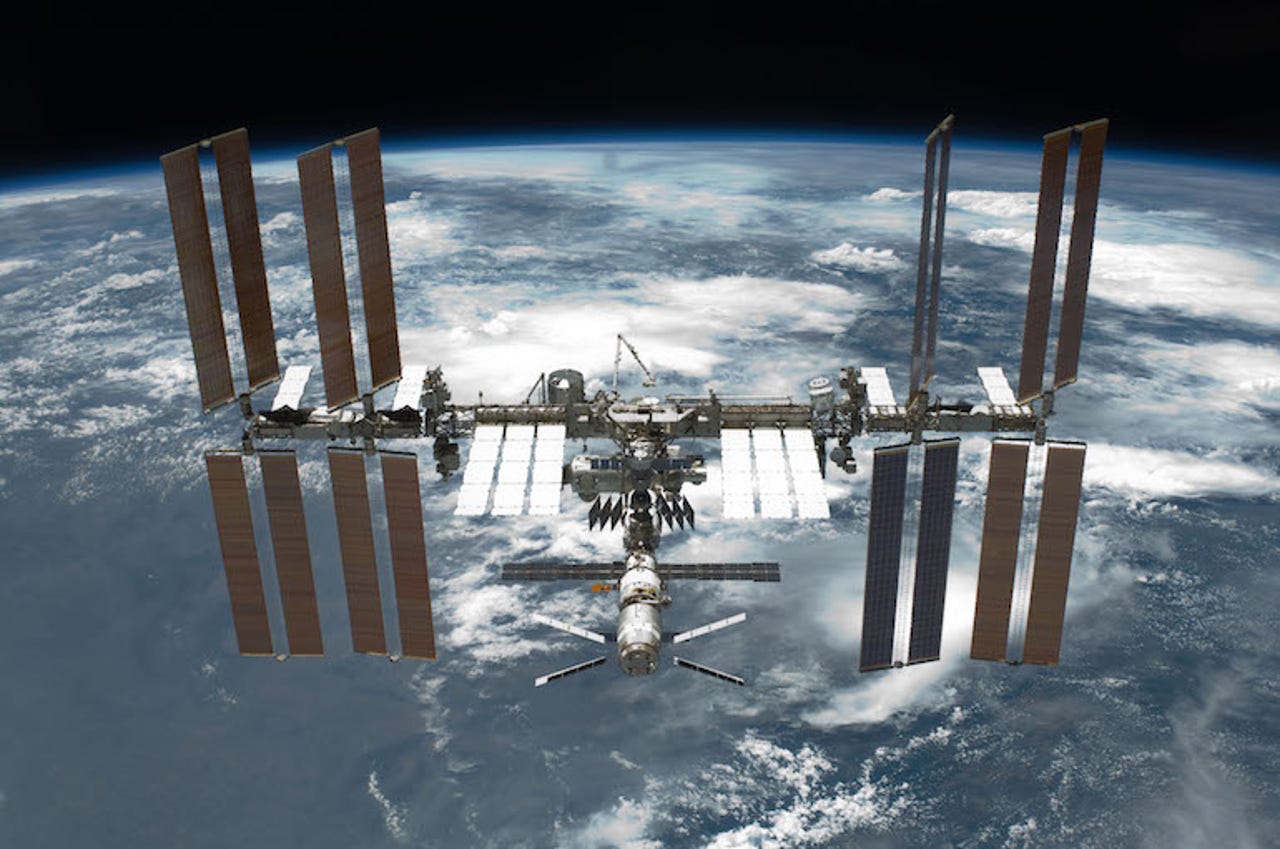HPE brings high performance computing to astronauts in space


HPE is bringing high performance computing (HPC) capabilities to astronauts on the International Space Station (ISS). The Spaceborne Computer, a commercial off-the-shelf (COTS) supercomputer that HPE and NASA launched into space last year, will help astronauts analyze data directly in space, rather than having to send it back to Earth.
For the last year, HPE and NASA have been testing the resiliency of the Spacebourne Computer. A high-performance COTS system had never run in space before. NASA typically only approves computers for space once they've been "ruggedized" to withstand variables like radiation, solar flares, micrometeoroids, unstable electrical power and irregular cooling.
"After gaining significant learnings from our first successful experiment with Spaceborne
Computer, we are continuing to test its potential by opening up above-the-cloud HPC capabilities to ISS researchers, empowering them to take space exploration to a new level," Dr. Eng Lim Goh, HPE's chief technology officer and vice president of HPC and AI, said in a statement.
The Spaceborne Computer doesn't include any hardware modifications. It includes the HPE Apollo 40 class systems with a high speed HPC interconnect running an open-source Linux operating system. HPE "hardened" the systems with purpose-built software. The software can manage real-time throttling of the computer systems to respond to radiation events and other external conditions. The system does also include a unique water-cooled enclosure for the hardware.
Given the constraints on computing in space, many calculations needed for space research are performed on Earth. For missions close to Mars, that could mean waiting as long as 40 minutes for communications to reach Earth and back. This degree of latency can be potentially dangerous for astronauts in mission-critical scenarios.
Meanwhile, researchers typically only need to view a slice of the high volumes of data they collect on the ISS. Being able to process data on board the ISS means researchers won't have to use up all of their network bandwidth transmitting large data sets. This will help preserve bandwidth for emergency communications.